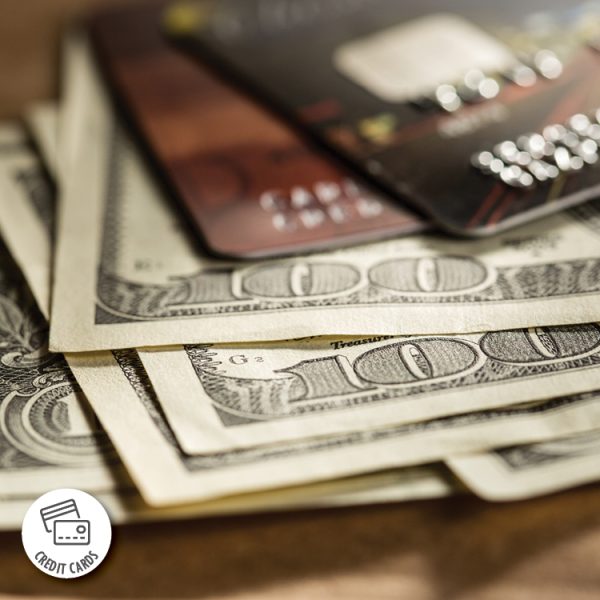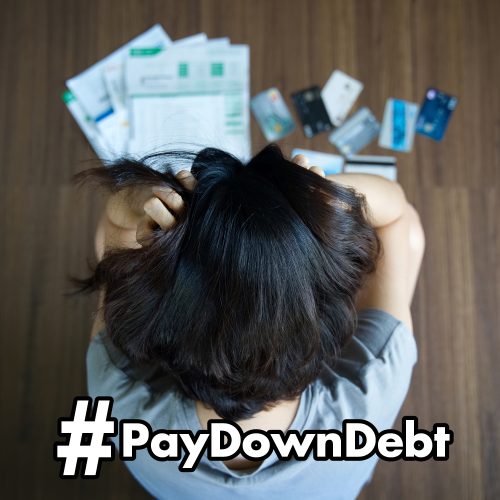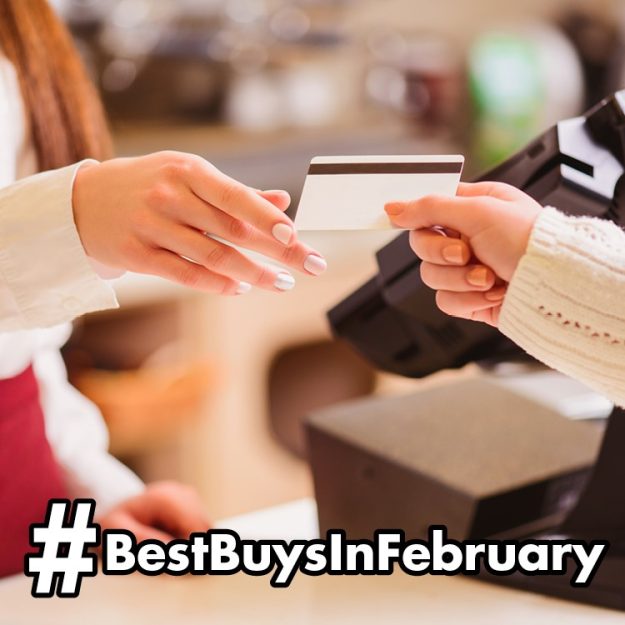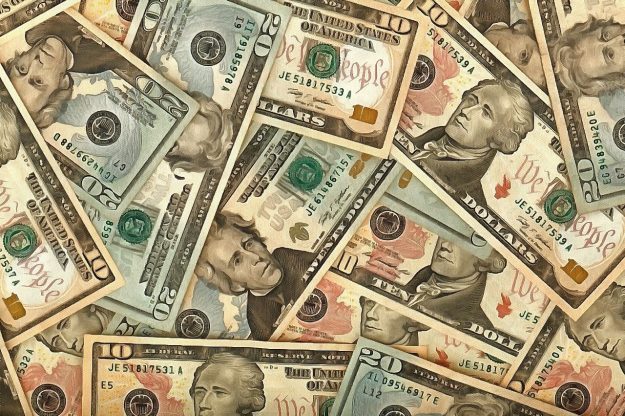Cash, Credit or Debit – How Should I Pay?
Q: When paying for my everyday and occasional purchases, should I be using cash, credit, or debit?
A: Some purchases should be paid for with cash, some with a credit card and others with a debit card. Let’s take a closer look at each method and when they should be used.
When should I use cash?
Some retailers offer discounts for paying in cash, making it the wise go-to. Also, if you have a tough time sticking to your budget when shopping, it can be helpful to only take along the cash you plan to use. Finally, some small businesses only accept cash payments.
On the flip side, cash offers no purchase protection and should not be used for large purchases. Also, cash leaves no paper trail, so it may be difficult to track expenses. Finally, cash always carries the risk of being lost or stolen.
When should I use my credit card?
Credit cards are the double-edged sword of personal finance. Credit card debt is a leading cause of consumer debt. However, owning credit cards and using them responsibly is a crucial part of your credit rating.
Credit cards also offer two primary advantages: rewards and purchase protection. Many credit cards can earn rewards as you spend on them, so it earns you something for your use. The purchase protection a credit card offers also makes it the ideal choice for paying for large purchases. In addition, using a credit card and making on-time payments can help boost your credit score while also making expense tracking easy.
Ideally, credit cards should only be used to cover fixed or steady payments and for purchases you know you can pay in full when the bill is due.
When should I use my debit card?
Debit cards allow you to track your spending and help you stay within budget since you can generally only spend what you have. In addition, if your card is lost or stolen, you can cancel it and/or close the connected account.
Debit cards can be a great choice for everyday purchases of any kind. At High Point Federal Credit Union, you can actually earn rewards with your debit card if you have a myRewards Checking account! Learn more by clicking here.
Use this guide to help you choose the right payment method in every situation.




















